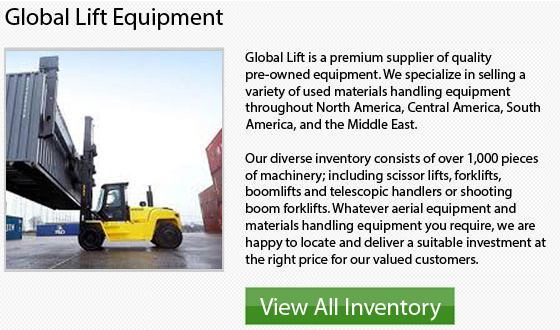
Tower cranes are being utilized often for big building construction projects. They are necessary for the heavy lifting and positioning of materials and machines. Tower cranes offer a different configuration which provides a lot of benefits over more conventional cranes. These benefits comprise: quiet electrical operation, higher vertical lift, reduced space requirements and increased capacities.
Hammerhead Crane
A hammerhead crane is another configuration that is most often associated with a tower crane. In this situation, a long horizontal jib is attached to a vertical tower. One end of the jib extends horizontally over the worksite and the other end of the jib acts as a counterweight. On the hammerhead crane, there is a trolley. This trolley holds the lifting cable and travels along the length of the jib. The tower crane is capable of operating anywhere within the jib's radius.
Self-Erecting Tower Cranes
A self-erecting crane is capable of completely assembling itself at the jobsite without any help from a secondary crane. This really saves time in equipment expenses and provides a huge advantage in setup time as well. Self-erecting cranes are normally remote-controlled from the ground, even though there are some models which have an operator cab built onto the jib.
Self-erecting cranes are normally freestanding and this enables them the opportunity to be able to be moved around. There are several models that have a telescoping tower that enables the crane to work at various heights without the need to reconfigure the tower.
Luffing Jib Tower Crane
Most urban work environments do not have enough clearance or space for the jib to freely rotate without existing buildings blocking its movement. A luffing jib tower crane is ideal for such tight spaces. Nearly all tower cranes have a fixed horizontal jib. The operator can raise or lower a luffing jib in order to allow the crane to swing in a reduced radius.